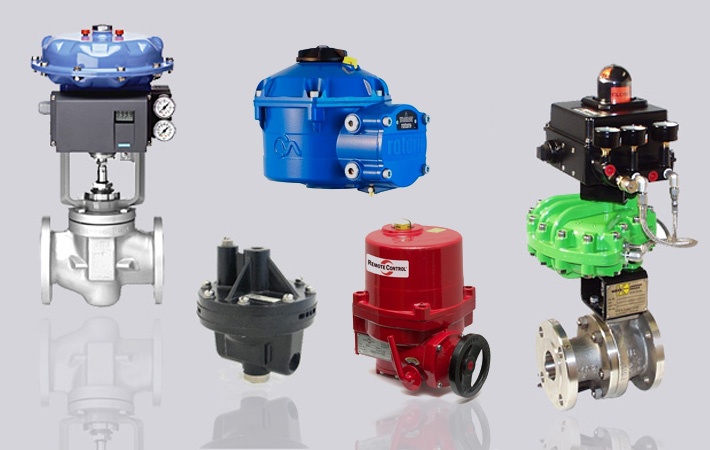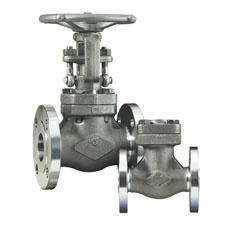
When sizing a valve for an application, you may have heard engineers talk about safety factors. What is a safety factor, and why is it necessary to have it factored into the valve's size?
A safety factor is essentially a measure of protection against a change in process conditions. It ensures that the valve will still operate as required, even if the process conditions change and are outside the parameters originally designed for the valve. The safety factor frequently oversizes the valve. A valve that is oversized is far more manageable and safer than a valve that has been undersized.
Safety factors are are applied as an engineer reviews the following criteria:
Typically valves are sized anywhere from 60-80% of valve open. Should flow exceed this, extra capacity will be available in the upper flow range. Not having a safety factor here will restrict flow through the valve, causing a higher pressure drop, potentially starving the downstream equipment of the flow and pressure required.
 Pressure and Temperature Ratings
Pressure and Temperature RatingsPay careful attention that the pressure – temperature ratings of a particular valve are well within the requirements of the service. This also applies to the packing and gasket materials as this may limit the rating of the valves.
Valves are rated for pressures, i.e. class #150, #300, #600 and so on. When sizing a valve for pressures you also need to take the temperature of the process as a factor. For example water on a class #150 carbon steel valve at 100°F service temperature is rated for up to 285 PSIG operating pressure. Likewise a class #150 carbon steel valve at 1000°F is only rated to 20 PSIG. This is the rating on the body only not the rest of the valve materials like the packing and seats. Those also need to be looked at.
Different materials of construction offer different pressure and temperature limits. Though we only spoke here of high temperatures, it's just as important to consider lower temperatures. Standard carbon steel is only rated to -20°F and would require different materials below -20°F.
Water is pretty straight forward. Special process media like a syltherm or Dow therm require special attention to not only the body material, but also the type of end connections for process sealing of the piping. Some users prefer using #300 flanged connections on a class #150 pipe line because they can make tighter connections. PTFE would be trouble for syltherm at -50⁰F as it can crack the PTFE and cause leaking. This would be true for both seats and seals.
Need help sizing or selecting a valve? Ask us about it! We gladly provide technical assistance to businesses and municipalitites throughout the continental United States.
These Stories on Valves
Headquarters and Service Center
Located outside Green Bay, WI
707 Ford Street
Kimberly, WI 54136
920-733-4425
OptiFlow Design and Build Center
1002 Truman Street
Kimberly, WI 54136
920-733-4425
Burnsville Service Center
12265 Nicollet Avenue
Burnsville, MN 55337
952-444-1949
Grand Rapids Service Center
26489 Industrial Blvd
Cohasset, MN 55721
952-444-1949
© Copyright 2024. Crane Engineering. All Rights Reserved. Privacy Policy.